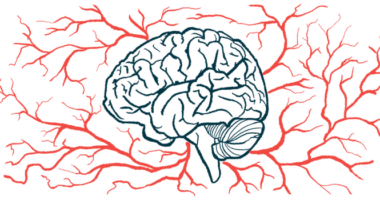Sickle Cell Anemia Toddlers Benefit from Maximal Hydroxyurea Doses, Study Finds

Intensifying treatment with hydroxyurea in young children with sickle cell anemia is safe and improves several disease parameters in the long run, researchers demonstrated in a clinical trial (NCT00305175) comparing toddlers with older children.
Based on the positive findings, researchers argue that the practice of giving small children higher doses of the drug needs to be further studied. A new clinical trial (NCT03020615) addressing these matters is in the planning stage.
The study, “Hydroxyurea at Maximal Tolerated Dose (MTD) Prior to Completion of the β-Globin Switch Has Additive but Not Sustained Benefits in Fetal Hemoglobin Production,” was presented at the ASH 2016 Annual Meeting.
Christina Abrams, MD, pediatric resident at Le Bonheur Children’s Hospital at the University of Tennessee, argued that the negative health effects, including increased mortality, of sickle cell anemia start early in life. During the early years of life, fetal hemoglobin is gradually replaced by sickle hemoglobin.
Children older than 5 are treated with maximum tolerated doses of hydroxyurea of 25.6 plus or minus 6.2 mg/kg a day. This procedure has been proven safe in this age group. Babies and toddlers get a fixed dose of 20 mg/kg a day.
In an attempt to lower the impact of sickle cell anemia in younger children, Abrams and colleagues at St. Jude Children’s Research Hospital examined whether children below the age of 5 would also benefit from a dose escalation of hydroxyurea.
The prospective observational study enrolled 151 children with sickle cell anemia. Analyses showed that adherence to the treatment was good.
The research team compared parameters between children who started treatment early and those who started treatment after 5 years of age. The younger group consisted of 49 patients who started treatment when they were on average 2.6 years old. The older patients (102 patients) were 11.1 years at the start of treatment. All patients intensified the dose until they reached a maximum tolerated dose.
At the study’s start, the younger group had higher levels of fetal hemoglobin, which is an expected finding. They also had higher numbers of white blood cells and immature red blood cells. Once they had reached the maximum tolerated dose, researchers observed similar relationships between measurements in younger and older patients.
After five years of treatment at the maximum dose, only hemoglobin levels were slightly higher in the older patients. Remaining measures were similar.
The data indicate that intensified treatment in toddlers may be additive to higher levels of fetal hemoglobin. But the treatment did not prevent the normal lowering of fetal hemoglobin levels.
The new trial, called HUGKISS (hydroxyurea management in kids: intensive versus stable dosage strategies trial), is expected to enroll 50 patients and will study children between 9 and 36 months old.






